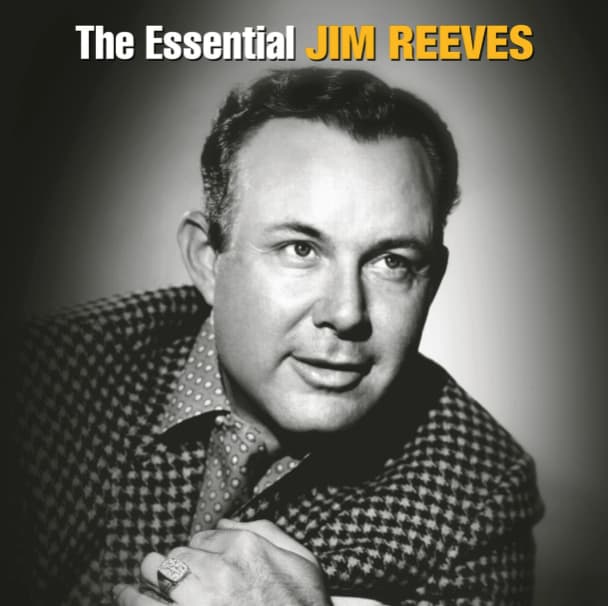
That Melancholy Whistle Blowing Across the Years
Jim Reeves’ smooth-as-velvet rendition transformed Jimmie Rodgers’ hobo anthem into a reflective, timeless country classic about wandering and solitude.
Ah, the late 1950s. A time when the world seemed to spin a little slower, and a voice like a warm, familiar embrace could be found drifting out of the radio. No voice was smoother, more comforting, or more instantly recognizable than that of Gentleman Jim Reeves. His 1956 recording of “Waitin’ for a Train,” though relegated to the ‘B-side’ of his single “Am I Losing You,” offers a profound glimpse into the artist’s respectful bridge between country’s rustic past and its sophisticated future. The ‘A-side,’ “Am I Losing You,” was the clear hit, charting for five weeks, but the subtle power of “Waitin’ for a Train” lay in its deep, mournful echo of the genre’s earliest days. Reeves recorded this track on November 13, 1956, backed by the legendary Nashville A-Team, featuring giants like Chet Atkins on electric guitar and Floyd Cramer on piano.
The true story behind the song is a beautiful testament to country music’s rich lineage. “Waitin’ for a Train” is not an original Jim Reeves composition, but a cover of one of the most foundational songs in the entire genre, penned by the legendary Jimmie Rodgers, “The Father of Country Music.” Rodgers, who was himself a former railroad man—a brakeman—recorded his iconic version back in 1928. His version, infused with his signature Blue Yodel, spoke directly to the transient lifestyle of the American hobo and the railroad culture of the Depression era. The lyrics paint a stark, poignant picture: “All around the water tank, waiting for a train. A thousand miles away from home, sleeping in the rain.” It’s a timeless narrative of displacement and hardship, a man with “not a nickel, not a penny can I show,” rejected by the brakeman and left to the wide-open spaces of Texas.
Jim Reeves’ interpretation, however, shifts the song’s emotional center. Where Rodgers’ version is raw, filled with the dust and grit of the rail yard and punctuated by that unmistakable yodel, Reeves’ 1956 take—and its inclusion on his 1962 album, The Country Side of Jim Reeves—smooths the edges. His velvety baritone delivers the weary tale with a profound sense of melancholy and resignation rather than a cry of hard-luck. This transformation from a hillbilly blues lament to a gentle, contemplative ballad perfectly encapsulates the evolution of the “Nashville Sound” that Reeves was instrumental in pioneering. It’s an act of respect to the song’s tradition, but filtered through the polish of a new era. For those of us who remember both eras, hearing Reeves sing this song evokes a powerful wave of nostalgia: a memory not just of the song, but of the long-gone days when the sound of a train whistle was a romantic, lonely call to adventure, and a reminder of a simpler, albeit harder, life. It’s a gentle, reflective sound that lets us know we’re still listening to the same great heart of country music, just wrapped in a more luxurious, midnight-blue velvet.